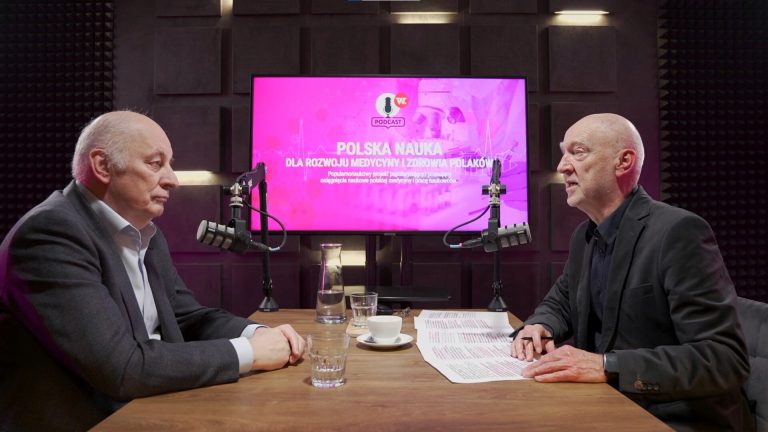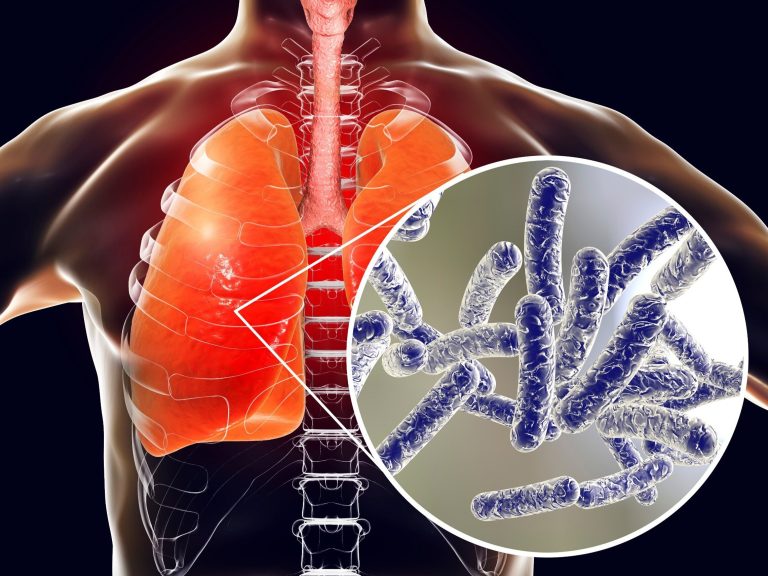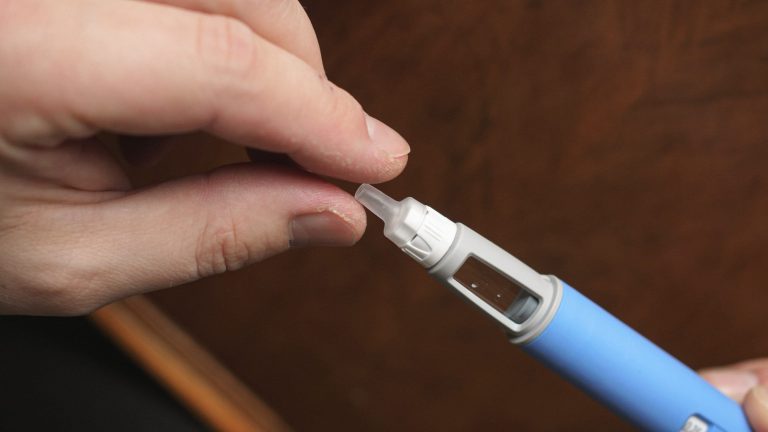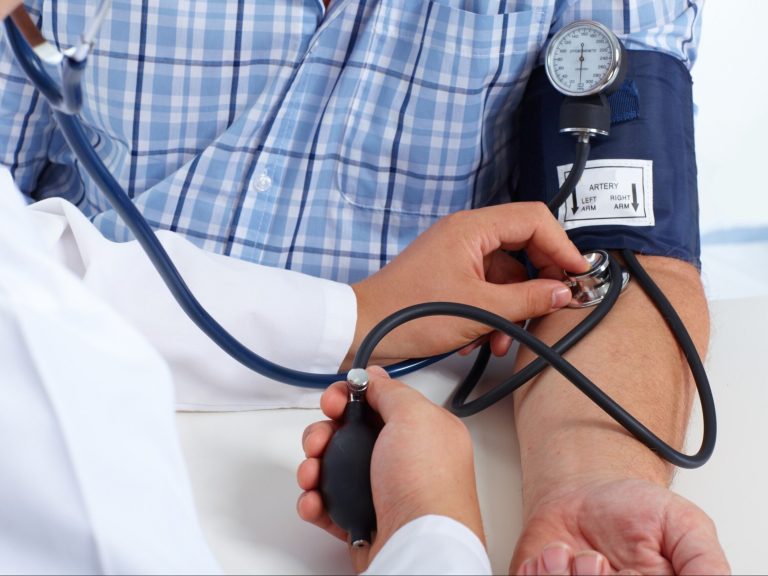It is a matter of patients’ health and life

“The production of drugs from plasma takes place in the so-called fractionation process. The CSL company has existed for over 100 years and is currently one of the largest fractionators, i.e. producers of plasma-derived drugs in the world.” – interview with Marek Skotnicki, general director of CSL Behring in Poland.
How do you assess the market of plasma-derived drugs in Poland based on your almost 20 years of experience in this area?
I am observing incredible progress in the treatment of rare diseases. I finished medicine. While still a student, in the late 1980s, I completed my first medical internship in the hematology department at the hospital at Litewska Street in Warsaw. Boys with hemophilia were treated there – then only with human plasma infusions.
It was only after many years that clotting factors, drugs produced from human plasma, were introduced to Poland, thanks to which patients with hemophilia could be treated with them. Today, all over the world, and slowly also in Poland, we use not only plasma-derived drugs in hemophilia, but also more modern medicinal products produced by genetic engineering. So this is changing, but there remains a large group of drugs that are still produced from plasma. Today, it is not possible to produce them through genetic engineering, like, for example, clotting factors.
What are the specifics of producing plasma-derived drugs?
The production of drugs from plasma takes place in the so-called fractionation. CSL has been in existence for over 100 years and is currently one of the largest fractionators, i.e. producers of plasma-derived drugs in the world. During the fractionation process – it must meet stringent quality and safety criteria – subsequent protein fractions are isolated from human plasma. Individual drugs are produced from these fractions, e.g. immunoglobulins.
Compared to traditional medicines, the production of medicinal products from plasma poses many challenges, both in terms of costs and the production process itself, which is relatively time-consuming. While classic, synthetic drugs are generally produced within 1 month, the production of plasma-derived drugs takes much longer. It takes 7 to 12 months – from collecting plasma from a healthy donor to administering the finished drug to the patient in an intravenous or subcutaneous infusion.
This means that the production of what we use to treat patients today began almost a year ago. During this period, very strict epidemiological surveillance is carried out, plasma donors are tested, and then a multi-stage fractionation process is carried out, as a result of which approximately 20 different proteins – drugs are produced. Moreover, such a time-consuming production process poses very significant challenges in terms of planning and logistics of delivering plasma-derived drugs to patients requiring such treatment.
How is plasma collected? Are there any problems with this?
The production of plasma-derived medicinal products requires a large number of plasma donations, and therefore requires millions of source plasma donors. To effectively meet this growing demand, efficiency is prioritized at every stage of production, starting with the plasma collection method known as plasmapheresis.
In Poland, we have 21 blood donation and treatment centers where whole blood is donated voluntarily, i.e. free of charge. After centrifugation in special centrifuges, the plasma needed for the production of medicines is obtained. We do it less often in the so-called plasmapheresis, in which plasma is collected directly from the donor, without the need to collect whole blood. The majority, almost 80 percent. plasma intended for commercial purposes, i.e. for the production of medicines, comes from the United States.
In Europe, plasma donation is free in most centers. In fact, only America supplies the entire world with plasma from which medicines are produced. This is one of the reasons for the shortage of plasma observed for years in relation to the clinical needs of patients around the world.
Immunoglobulins are antibodies, proteins that fight pathogens, especially bacteria and viruses. Throughout the world, the demand for these drugs, immunoglobulins, is increasing every year.
It is estimated that from 6 to 8 percent. annually. In 12 years, in Europe alone, the annual consumption of immunoglobulins increased from 24 tons to 68 tons in 2020.
Of all the proteins that can be obtained from human plasma, only less than 12%, i.e. relatively little, are proteins from which immunoglobulins are produced. 11 million liters of plasma are needed to produce 68 tons of immunoglobulins, which requires approximately 23 million donations. Donors must come to a blood donation center and donate plasma 23 million times a year. Just to secure Europe.
You mentioned that the demand for plasma-derived drugs is increasing – is this also related to the progress of medicine and the growing number of diagnosed people?
Yes, it is true, thanks to better diagnostics, we have more diagnosed patients and greater knowledge on this subject. There are more and more diseases in which we can use immunoglobulins. Not only in congenital immunodeficiencies, which are associated with a genetic defect, but also in secondary ones, i.e. those that accompany other diseases where there is a decrease in immunity and antibody deficiency. In this way, we can effectively treat more and more diseases using immunoglobulins.
Patients are worried about the availability of immunoglobulins, while production costs are getting higher…
Recently, we have observed a very large increase in the costs of obtaining plasma in commercial centers. This applies to gratuities for donors, labor costs, virological tests, plasmapheresis costs, plasma collection, production and fractionation costs. Investments are being made in new plasma collection points. Costs also increased due to the pandemic – for fear of infection, donors stopped reporting to the centers, so companies had to start paying more to encourage them. At the same time, energy and transport costs are increasing significantly. The increasingly higher costs of obtaining plasma are important because the share of production costs in the price of the drug is many times higher than in the case of other drugs (57% versus 14%).
In Poland, we have surpluses of plasma every year – approximately 200,000 on average. liters are sold to companies producing medicines. In 2018, the selling price of 1 liter of plasma was EUR 95, while in 2022 it will be over EUR 176, and this – as I have already mentioned – is not the only cost that has increased significantly.
Plasma-derived drugs are used to treat rare diseases. What is the situation regarding the refund process?
It does not take into account the specificity of rare diseases, especially plasma-derived drugs. Meanwhile, it is a matter of patients’ health and life – plasma cannot be replaced by anything else, it cannot be produced in a laboratory. These drugs are used in rare, chronic diseases, often of genetic origin. Not only are they rare (they affect several hundred people, in some diseases even 10-15 patients nationwide), but we also have problems with the availability of drugs produced from plasma. This is a niche within a niche.
Unfortunately, the reimbursement system in our country is not adapted to ensure the availability of expensive therapies. In addition, there is the issue of inappropriate pricing, an example of which is the reimbursement of immunoglobulins. The level of reimbursement in Poland is the lowest compared to the prices of these drugs in Europe. It is therefore not surprising that not all companies providing immunoglobulins are present on our market, which, given the limited supply of immunoglobulins on a global scale, makes the treatment of patients even more difficult. This can be seen in the tenders organized by hospitals for the purchase of immunoglobulins. One company takes part in the tender or there is no offer at all…
Maintaining a low level of reimbursement, which the Ministry of Health considers a success, turns against patients. Until the appropriate level of financing for these drugs is established in Poland, there will be no guarantee of full availability for patients.
Interviewed by Anna Kopras–Fijołek






